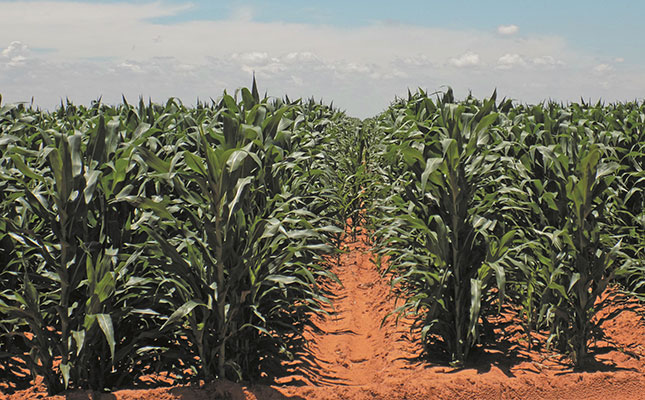
Photo: FW Archive
According to a report by The Herald newspaper in Zimbabwe, state-assisted farming programmes had helped to reduce maize imports by 71,3% in the 11 months to November 2022, the latest statistics showed.
According to data from ZimStat, the country’s maize import bill fell to US$31,9 million (about R549 million), down from US$111,3 million (R1,9 billion) during the comparative period in the previous year.
Maize was the country’s main staple food and 2,2 million tons were needed to meet the demand for human consumption and stock feed annually.
However, the bulk of the imported maize was used for livestock feed, as the country produced enough for human consumption, the report said.
Dr Kobus Laubscher, an independent South African agricultural economist, previously told Farmer’s Weekly that the increase in maize production in Zimbabwe was indeed positive.
“Increased local production would significantly add to food security on household level. It is vital for all African countries to become less dependent on the importation of food such as maize and other grains and to become self-sufficient.
“Africa has the potential to feed itself and this potential need to be developed,” he said.
As part of the state-assisted programme, Zimbabwe’s government provided free inputs, including seed and fertiliser, to participating smallholder farmers.
Zimbabwe’s maize imports from South Africa went down from almost 371 000t in the 2020/21 marketing year to 4 616t in the 2021/22 marketing year, Grain South Africa economist, Heleen Viljoen told Farmer’s Weekly.
The Herald report said that at the beginning of December 2022, the country had about 551 000t of grain in stock, including almost 473 000t of maize.
Based on the country’s expected consumption rate of just less than 50 000t per month, the available grain was expected to last for 11,2 months.













